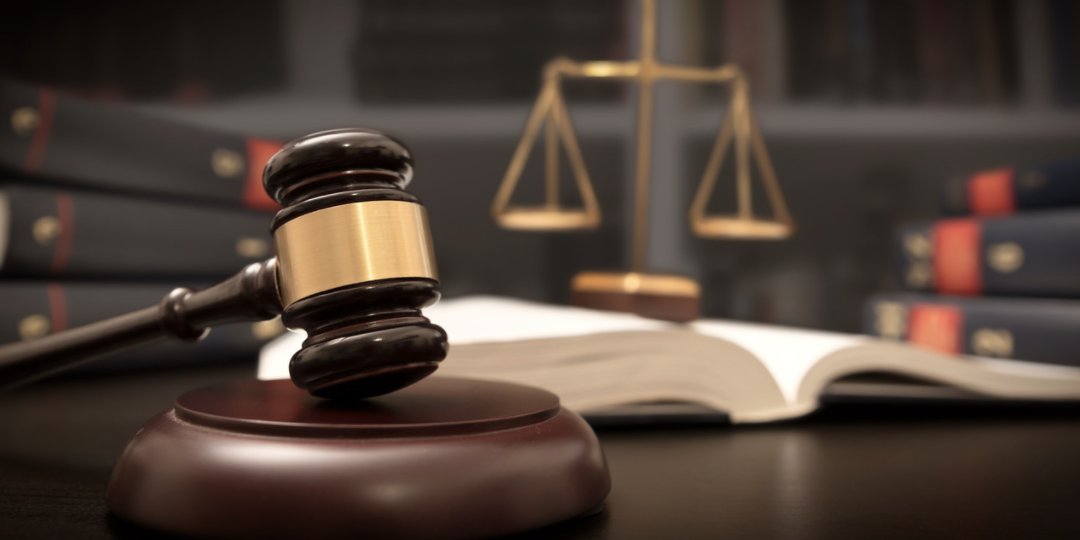Demystifying Class Action Lawsuits: Your Necessary Overview to Legal Choice
Wiki Article
Browsing the Process of Course Action Lawsuits: Specialist Recommendations for Attorney
Course action suits present special obstacles for attorneys, needing a deep understanding of the complicated lawful landscape and precise focus to detail. In this conversation, we will check out crucial aspects of class action lawsuits, consisting of the class accreditation process, engaging and recognizing course participants, developing a robust case method, managing exploration and evidentiary difficulties, and eventually achieving successful resolutions.Recognizing the Course Qualification Refine
Recognizing the course qualification process is vital for attorneys handling course action suits. Class accreditation figures out whether a suit can continue as a class action, allowing a group of people with similar claims to collaborate in a solitary lawsuit. The procedure entails meeting particular legal demands and showing that the instance fulfills the standards for class qualification.To start, legal representatives need to identify a specified class of individuals that have experienced similar damage or injuries. They need to show that the course is sufficiently many, making it unwise to take care of each instance independently. Furthermore, lawyers should establish that the claims of the class participants share common inquiries of law or truth.
Next, legal representatives should demonstrate that the named complainant, who represents the class, has typical claims and defenses that prevail to the whole course. The named complainant has to additionally be an adequate rep, implying they will fairly and adequately safeguard the rate of interests of the course.
Lastly, attorneys must show that a class action is the exceptional method for solving the cases (Class action lawsuit). This involves considering factors such as the effectiveness and manageability of a course action compared to specific suits, as well as the possibility for inconsistent judgments if cases were managed separately
Recognizing the class certification procedure is crucial for attorneys to successfully navigate class action legal actions. It calls for cautious analysis, tactical planning, and a thorough understanding of the relevant legal criteria to ensure the success of the class certification activity.
Identifying and Engaging Class Members
As soon as class accreditation has been given, legal representatives must wage the important job of recognizing and engaging class participants in order to effectively seek the class activity lawsuit. This step is vital as it identifies the dimension and make-up of the course and plays a considerable function in the success of the lawsuit.
To recognize possible class participants, lawyers typically rely on numerous techniques such as public notifications, ads, and media campaigns. These approaches intend to reach as many prospective class members as possible and provide them with info regarding the lawsuit. Furthermore, attorneys might also utilize data sources, public records, and studies to identify individuals who might qualify as class participants.
Engaging class participants involves establishing interaction networks and building a connection of trust fund and openness. Legal representatives must ensure that course participants are maintained notified regarding the progress of the lawsuit and have a clear understanding of their civil liberties and commitments. Normal updates through newsletters, websites, and social media sites systems can aid maintain involvement and foster a sense of neighborhood among course participants.
In many cases, attorneys might deal with obstacles in identifying and engaging course members, such as locating people who have moved or making certain involvement from those that might be unaware of their civil liberties - Class action lawsuit. Nevertheless, by employing thorough and detailed methods, attorneys can take full advantage of the participation of course participants and enhance the general toughness of the course action claim.
Building a Strong Situation Approach
Establishing a robust and efficient instance approach is vital for attorneys associated with course action lawsuits. With several complainants and complicated lawful concerns, it is essential for attorneys to thoroughly prepare their method to make sure the finest feasible end result for their customers.The first action in constructing a strong case strategy is performing a thorough examination. Lawyers should gather all pertinent truths, files, and evidence to sustain their claims. This consists of recognizing possible accuseds, gathering witness testaments, and examining any appropriate laws or regulations.
When the investigation is complete, legal representatives must assess the toughness of their situation. They require to examine the potential threats and benefits of going after lawsuits, thinking about factors such as the chance of success, prospective problems, and the accessibility of sources. This analysis will certainly help lawyers determine one of the most appropriate lawful concepts and methods to use.
Partnership with specialists is another crucial element of creating a strong situation approach. Attorneys need to seek advice from experts that can offer beneficial insights and point of views on intricate technological or scientific issues. These experts can assist reinforce the legal debates and enhance the integrity of the instance.

Taking Care Of Exploration and Evidentiary Challenges
After performing a comprehensive examination and creating a strong situation method, lawyers should now browse the obstacles of managing discovery and evidentiary problems in course activity legal actions. Exploration is a crucial stage in course action litigation, where both parties exchange appropriate info and proof.Among the major obstacles in managing discovery is the vast amount of data that needs to be evaluated and examined. Course action claims usually entail countless complainants and offenders, causing a significant quantity of records and digital information. Legal representatives have to use reliable paper monitoring systems and progressed innovation tools to improve the discovery process and recognize pertinent proof effectively.
One more challenge is guaranteeing that the discovery procedure abides with suitable policies and policies. Lawyers must recognize with the Federal Regulations of Civil Treatment and any local regulations controling the particular jurisdiction where the course action lawsuit is submitted. They need to comply with target dates, manage objections, and resolve disagreements associated to the scope and importance of exploration requests.
Evidentiary obstacles likewise arise in course action legal actions. Attorneys must very carefully assess the admissibility of proof and expect possible objections from opposing advise. They should collect and present trusted and convincing proof to support their defenses or insurance claims. Specialist witnesses may be contacted to provide specific knowledge or viewpoints on intricate problems.
Effectively Resolving Class Action Legal Actions
To attain a beneficial outcome, attorneys must utilize effective techniques for efficiently settling course action suits. One crucial approach is to very carefully evaluate the qualities of the situation and examine the potential dangers and advantages of settlement. Lawyers must think about the toughness of the evidence, the complexities of the legal issues involved, and the potential damages that may be awarded. This assessment will assist assist the decision-making procedure and notify the settlement method.Another important facet of efficiently solving course action lawsuits is effective interaction with class members. Lawyers need to maintain class participants notified regarding the progress of the instance, resolve their issues, and ensure that their civil liberties are shielded throughout the process. This can help construct depend on and support from the course members, which may raise the probability of a beneficial negotiation.
Furthermore, attorneys need to be prepared to engage in mediation or alternative disagreement resolution techniques to resolve the course action legal action. These techniques can give a much more efficient and affordable method to get to a resolution, preventing the moment and cost of an extensive trial. Lawyers ought to be skilled mediators and have a comprehensive understanding of the relevant legislations and laws to efficiently support for their clients' rate of interests.
Verdict
In conclusion, browsing the procedure of class action legal actions requires a deep understanding of the class qualification process, effective recognition and involvement of class members, calculated instance building, and proficient monitoring of exploration and evidentiary challenges. With professional suggestions and mindful planning, attorneys can effectively settle class action suits and accomplish desirable outcomes for their clients.In this discussion, we will check out crucial facets of course action suits, consisting of the class certification procedure, identifying and engaging course members, constructing a durable instance technique, handling discovery and evidentiary difficulties, and eventually attaining successful resolutions.Recognizing the course qualification procedure is essential for lawyers dealing with class action lawsuits. Course qualification establishes whether a legal action can continue as a course action, allowing a group of people with comparable insurance claims Class action lawsuit to join together in a single legal action (Class action lawsuit).After performing a detailed examination and establishing a strong case approach, legal representatives must currently browse the difficulties of managing exploration and evidentiary problems in class activity claims.One more important facet of effectively fixing class activity suits is effective interaction with class participants
Report this wiki page